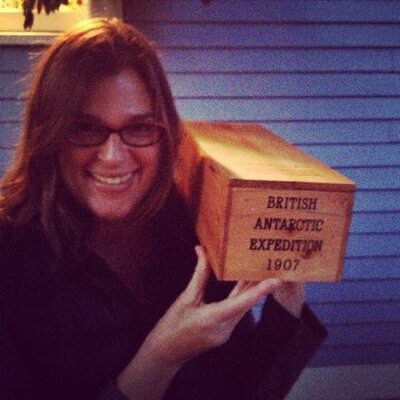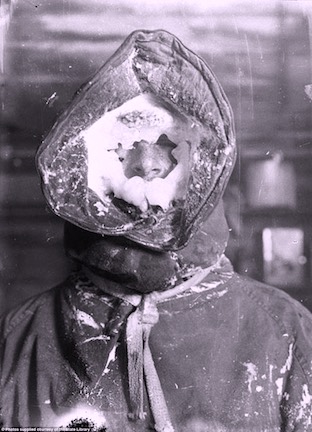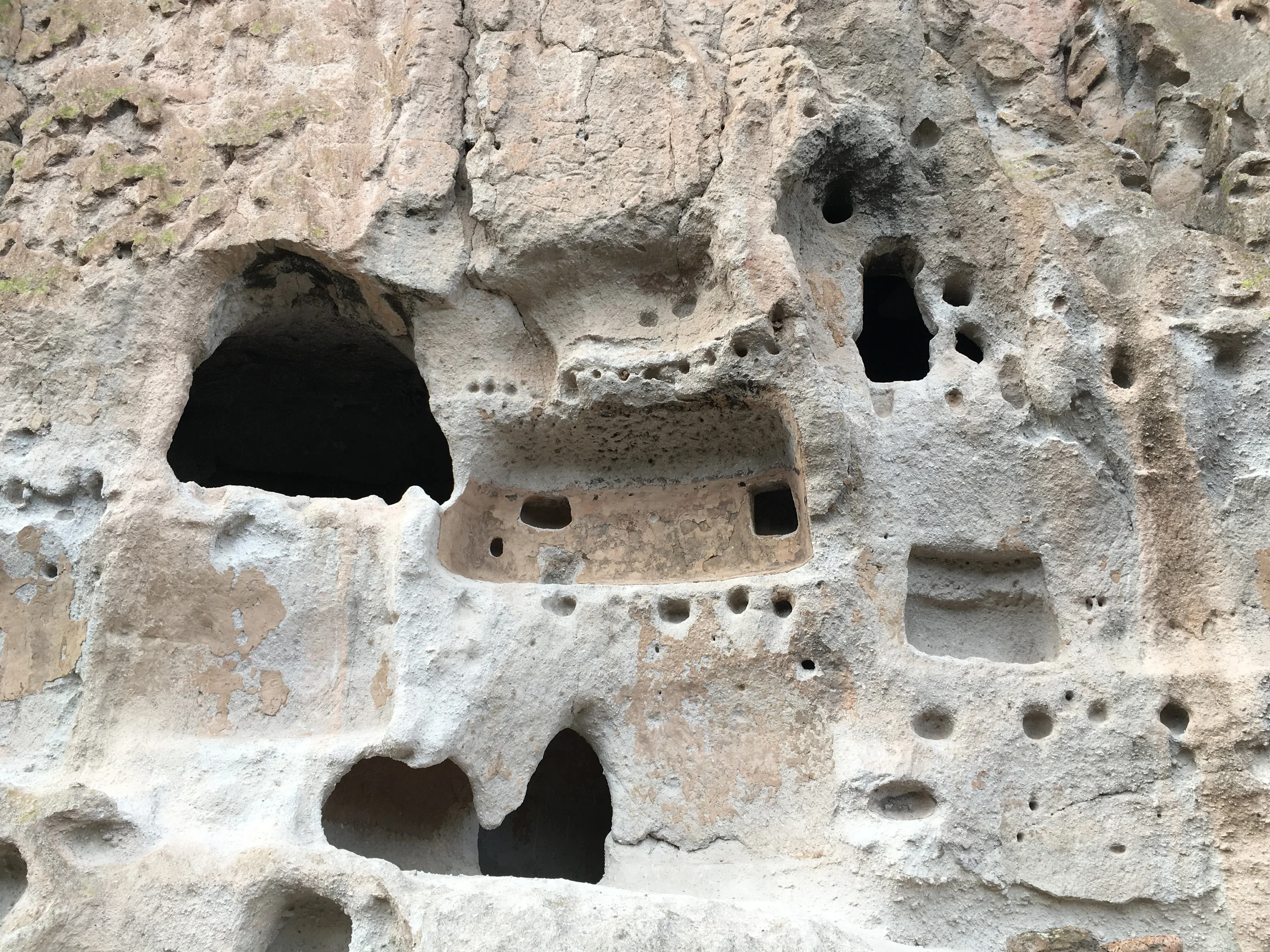"The Warchief Takes Care of Things like Ecology."
We have spent the last three or four days traveling among sites of the Ancestral Puebloan communities: the major cities and trading and travel network nodes of the Southwest between 800-1300 CE. Until this trip I had known these cliff dwellings, kivas, residual walls and communities under the name of Anasazi ruins. The word Anasazi is no longer in use, though, except on roadside motels and the occasional peeling informational placard. "Anasazi" is derived from a term in Navajo meaning ancient people or ancient enemies (the Navajo arrived in the region from Canada around 1400 CE). But the Puebloan people have never left, as we have learned from Native tour leaders, National Park rangers, and our travel reading. Today's Native Puebloan communities of New Mexico and Arizona include Conchiti Pueblo, Jémez Pueblo, Pecos Pueblo, and Taos Pueblo (occupied continuously for over 1000 years), among others, all independent sovereign nations, all with their own language. Their members are the descendants of those who built the large multi-story, 100+ room structures that are now known as Bandelier National Monument; Chaco Culture National Park; Mesa Verde National Park; Canyon de Chelly National Park; and many others throughout the Four Corners region.
Taos Pueblo, continuously occupied for over 1000 years
The idea of the Anasazi as out of time and absent lines up with the ideologies of the "vanishing" Native of long nineteenth-century U.S. practices of Indian Removal, which I had also been taught as an 11 year old, traveling this region over 30 years ago. Imagining ancient peoples who mysteriously disappeared—because of drought? enemy combat? migration by choice?—is far more palatable for white Americans than confronting either a genocidal past or a present of neglect, mistreatment, and economic and educational inequality. The narrative of today's Ancestral Puebloan history in National Parks and Monuments is "Puebloans are still here."
The last three days of our National Park visits, that is, have been either on or accessed through Native sovereign lands. I am keenly aware that our roadtrip is taking place during the hyper U.S. nationalism of the Olympic broadcast, which we see in the breakfast areas at the motels at which we have been generally staying. None of us has been interested in watching the Games in our various motel rooms, which may be because of NBC's execrably gendered coverage and "human interest"-oriented narrative obliteration of the events. I'd like to imagine, though, that it is because we have not been in the U.S. in these past few days while on the lands of the Ancestral Puebloans and their contemporary Native descendants, and feel no connection to such affiliations. (The truth, no less pretentious, is that our kid was ripping through the latter two Hunger Games books and wanted to have family reading parties at night rather than watch TV.)
On our way to Taos Pueblo we passed a sign for a Nambé silver outlet, and J and I calculated that we were a decade or two past the age of monthly wedding registry notifications that included the popular brand of silver ceremonial candlesticks, bowls, trays. Did anyone buy anything by Nambé that was not a wedding gift, J asked? A mile or so later we saw a sign for Nambé Pueblo and felt chastened. We were in silver mining country. Of course. The wedding registry staple took on a different cast in the context of the Puebloans who either produced the expensive goods, or lent their tribal name. [Internet research update when cellular signal permitted: Nambé ware is made of a proprietary 8-metal alloy that does *not* include silver; the company was founded in the town of Nambé Pueblo but claims no Native affiliation; message board users are really pissed that Nambé products are now made in China and India and not New Mexico.]
New church at Taos Pueblo
In Taos Pueblo tours are given by college students, volunteers who work for tips, and who walk tourists by the ruined bell tower that is all that remains of the Catholic church built by the Spanish, a replacement for one torn down in the successful Pueblo Revolt of 1680. This latter church, San Geronimo, was destroyed in 1847 by U.S. soldiers targeting revolutionary Taos Puebloans after the Treaty of Guadalupe Hidalgo. It is now used by the Puebloans as a cemetery. The tourist public is granted access to the Pueblo via a fee during certain hours of the day; several of the pueblo's familial homes are occupied and off-limits to visitors. Most members of Taos Pueblo live nearby and visit or live in the 1000-year-old great pueblo on various occasions throughout their lives. Our guide explained that the term of Governor of Taos Pueblo was one year; also annual was the position of Warchief. "The Warchief takes care of things like ecology," she said. She had just finished a story about how her people had, in the Nixon administration, successfully reclaimed land seized from Taos Puebloans in Theodore Roosevelt's administration. It was the first time Natives had won back lands taken from them by the U.S. The land included a mountain lake sacred to them; it feeds the stream that runs through Taos Pueblo, which has no electricity and no running water and which uses the stream for all drinking and cooking water to this day. The Warchief takes care of things like ecology.
San Geronimo de Taos, destroyed in 1847 by U.S. troops
In a small whitewashed room in the main pueblo we bought berry pies and a shirt from an artist named Sam Romero; the shirt's small logo read "Can't Fail," and Sam explained that it was designed by his son, Rudy Romero. Every time Rudy entered a room his father would bellow out the Clash song "Rudie Can't Fail," which the boy loved. "My wife Valentina Romero was born in this room on February 14," Sam Romero told us; "her mother had miscarried her first baby, also on Valentine's Day, and her last child was born on the same day. She said the baby had been returned to her." Our daughter bought a beaded necklace with her allowance. Sam said his son Rudy made the necklaces, too. "My son gets discouraged about the necklaces not selling, but I tell him the making of them is a blessing. If they sell it is a double blessing."
We were driving across one of those unscrolling Western plains from Taos to Durango, CO, en route to Mesa Verde, when a terrible gash appeared in the ground: the Rio Grande canyon. I had no idea the Rio Grande extended this direction. The canyon was immense and terrifying and there was iced coffee for sale along the road. My daughter and I walked carefully in the wind out onto the bridge over which we had driven; J stayed behind and reaffirmed his refusal to visit the Grand Canyon. One side of the bridge had crisis hotline phone numbers; the other, black ribbons with the names of what I presume were suicides.
Along the road we passed a store called Vapor Maven, then a business called Gasco across the street from Envirotech. One stretch of highway outside of Mesa Verde National Park was kept clean by "Lady of the Woods (Wiccan)." We took note of a folk art stand to which to return. Arriving at Mesa Verde at 11am, we found that the next available tickets to see the three largest cliff dwellings were not until 5pm—August at a blockbuster park during the centennial of the National Park service. These were the first crowds we had encountered on our travels. We found alternative ways to see the gut-punchingly stupendous reconstructed ruins, and took in a dioramarama at which I read that the Puebloans of 550-750 CE are known as the "Modified Basketmakers," perhaps the limpest of all ethnographic descriptors.
There have been a lot of fires in Mesa Verde in the last 20 years, and the scars are everywhere in blasted, seemingly dead piñon pines and junipers. I asked a Ranger if they would ever grow back, or if they planned to replant. "Too soon to tell!" she said cheerily. "The maturity cycle for piñon pines is 200-300 years." Deep in the park there was a post office, where we stopped to get our girl's National Park Passport stamped. The postal worker said she sells 10,000 international stamps annually between May and October. Most of her work, though, is sorting mail for the 100 or so Rangers who live in the park in the summer. There was a beautiful bank of old brass post boxes, which I admired. She said they stuck and failed all the time, as they were built in the 1930s, but because of the park's national historical designation they could not be updated.
Cliff Palace, Mesa Verde
On our way out of Mesa Verde we stopped at the folk artist's studio that we had marked on our entry. He was a wild-haired oxford-wearing eccentric out of central casting. In talking with him our jobs as teachers of literature came up. He told us that he had lots of ideas for stories, novels, science fiction. One idea he shared with us if we promised we wouldn't steal it, given its new relevance: it was a Y2K novel, an idea he came up with 17 years ago. The protagonists were millenialists who had gone underground before the Y2K bug brought havoc to the world. When one family emerges from underground, 16 years later, they discover that Hillary Clinton is president. ("I called it!" said the artist.) All the men in the world have been castrated, the millenialists discover. The only potent males in the world are the teenaged sons of the millenialist family.
Next: meeting Elvis Saltwater.
This drink is called a "Backyard BBQ," Durango

















